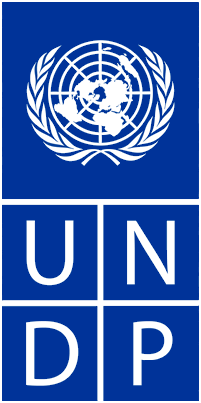Community / Land projects / Prevention and Mitigation of Protection Risk through integrated GP and HLP activities through Mobile Response
Prevention and Mitigation of Protection Risk through integrated GP and HLP activities through Mobile Response

€252951.0961
08/21 - 08/22
Completed
This project is part of
Implementing Organisations
Donors
Data Providers
Objectives
In response to the protection needs of people who have been affected by conflict, flood, tribal and intercommunal violence, that has manifested itself in to recycle of revenge killing, looting, loss of properties and livelihood leaving the most vulnerable individual (s) IDPs, returnees and host community vulnerable to different protection risks, This project is an integrated protection monitoring and HLP designed to address the needs of the beneficiaries in the hard-to-reach areas of Duke, Bor South, Twic East, and Pigi/Canal in Jonglei State. The activities will be implemented through both static and mobile response by the protection mobile team in which. MHA will analyze the context, identifying key protection risks and related contributing factors, and will work together with the affected population to find a way of preventing their recurrence or minimize their effect. HLP activities will aim to address the HLP concerns of the IDPs and returnees, by engaging all stakeholders in the project locations to ensure that all mechanisms for HLP rights are activated and functional enough to respond to needs in a timely manner. Housing land and property activities would include support to the person with HLP related issues to access alternative dispute mechanisms, conduct HLP training for the community leaders and local authority and ensure genuine representation of the returnees, IDPs, and host community as part of MHA effort to sensitize the community on basic human rights, HLP rights, local and international legal frameworks including traditional customary laws that protect individual’s rights to own property. Provide options with HLP issues on legal remedies particularly claims of lost documents and land registration. Facilitate the referral of a person with HLP needs to NFIs/shelter partners and other humanitarian partners to access the needed assistance. Provide support and Capacity building on land registration and policy development. Provide legal support and counseling including psychosocial support, community sensitization, and legal awareness-raising on HLP rights and alternative dispute resolution as well as individuals protection assistance with direct cash support to cover HLP needs as may be required. As part of coordination at the field level, MHA will conduct stakeholders mapping to have a better understanding of the context and to apply the area-based approach and engage with non-protection partners to ensure the centrality of protection into their response, and to increase the level and quality of service being provided in the areas of return as part of collective effort to enhance the durable solution. Conduct Protection monitoring and assessment through the static presence in Pigi/Canal and mobile response to deep field locations/ priority counties to identify the protection need of the conflict-affected IDPs, returnees, and host community. These activities aim to identify the protection risks, human rights violations, movement patterns/ trends, risk contributing factors, conflict drivers, and barriers to meaningful access to humanitarian assistance especially for a person with specific protection needs including a person with a physical disability Strengthening of the existing community-based protection mechanism, rehabilitation of the community-based protection centers, training of CPBNs members, local authorities on homegrown risk prevention and mitigation measures, how community leaders can peacefully address potentials conflict among the community e.g revenge killing, cattle raiding, and conflict over the limited resources as part of MHA’s effort to promote social cohesion between the IDPs, returnees and host community to ensure the long-term protection outcome which the community will maintain after the end of the projects and the project target is 12,000 individuals 3700, men, 3,756 women, 1,904 boys, and 2640 girls. Out of this target, 3818 would be HLP project activities.,



